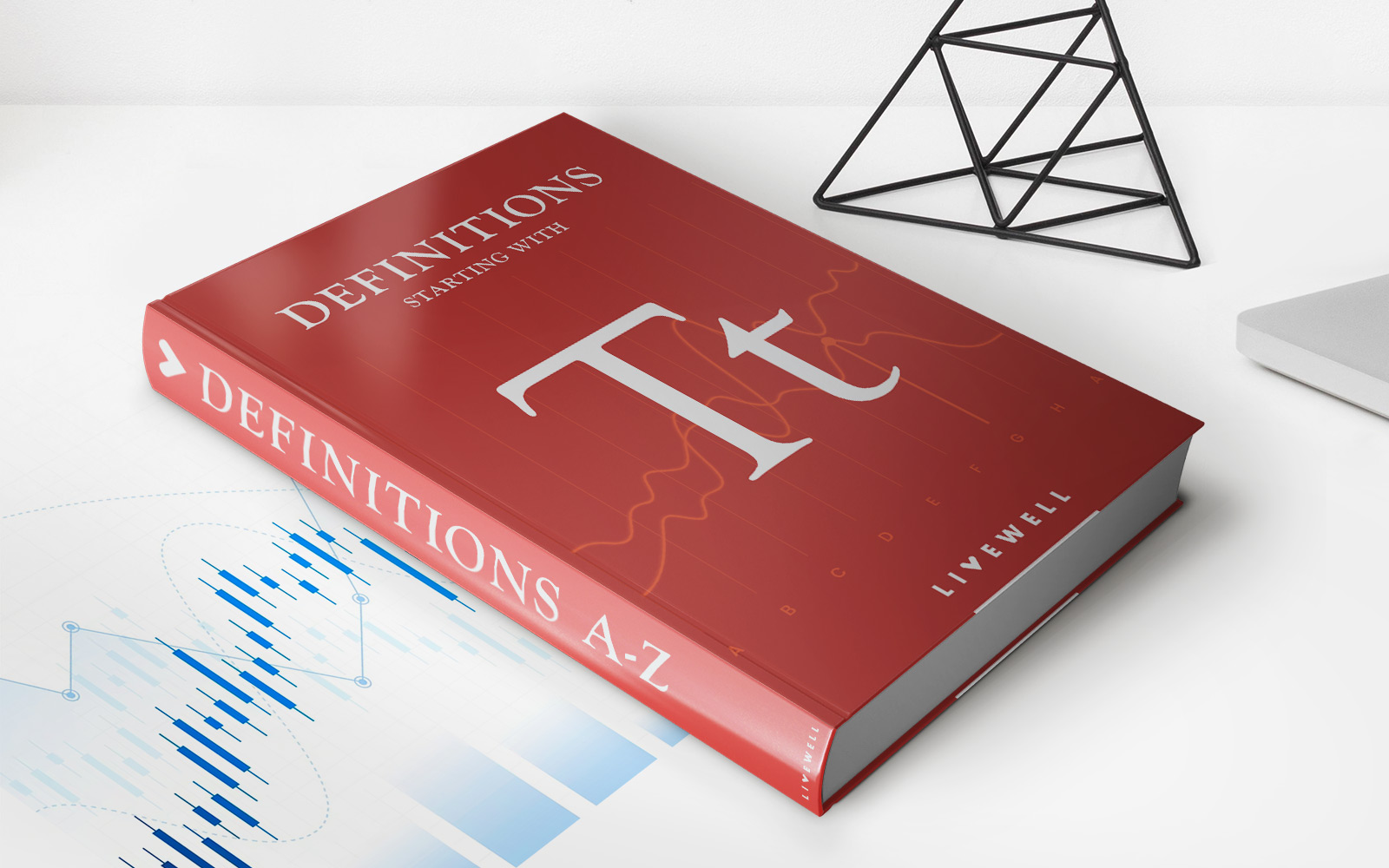Home>Finance>Last Will And Testament: Definition, Types, And How To Write One


Finance
Last Will And Testament: Definition, Types, And How To Write One
Published: December 16, 2023
Discover the definition, types, and process of writing a Last Will and Testament in the realm of finance. Plan for the future with confidence.
(Many of the links in this article redirect to a specific reviewed product. Your purchase of these products through affiliate links helps to generate commission for LiveWell, at no extra cost. Learn more)
Last Will and Testament: Definition, Types, and How to Write One
What happens to your assets and belongings after you pass away? This is a question that often weighs on the minds of many individuals. In order to ensure your wishes are carried out and your loved ones are taken care of, it is important to have a proper Last Will and Testament in place. In this blog post, we will explore the meaning and importance of a Last Will and Testament, different types of Wills, and provide a step-by-step guide on how to write one.
Key Takeaways:
- A Last Will and Testament is a legal document that specifies how your assets and belongings should be distributed after your death.
- There are different types of Wills, including simple Wills, joint Wills, living Wills, and holographic Wills.
The Definition of Last Will and Testament
A Last Will and Testament, often referred to simply as a “Will,” is a legal document that specifies how a person’s assets and belongings should be distributed after their death. This document ensures that your wishes are carried out, and it provides important instructions that can help avoid potential disputes or confusion among your loved ones.
Types of Last Will and Testament
There are different types of Wills that serve various purposes. Understanding the different types can help you choose the right one for your specific needs:
- Simple Will: This is the most common type of Will and outlines how your assets should be distributed after your death. It is suitable for individuals with straightforward estate planning needs.
- Joint Will: A joint Will is created and signed by two individuals, usually a married couple. It outlines how their assets should be distributed after the death of both individuals.
- Living Will: Unlike a traditional Will, a living Will does not deal with assets distribution. Instead, it specifies your healthcare wishes and decisions in case you become unable to communicate them in the future.
- Holographic Will: A holographic Will is a handwritten Will that is not necessarily witnessed. While some jurisdictions recognize holographic Wills, they can be more prone to legal challenges.
How to Write a Last Will and Testament
Writing a Last Will and Testament may seem like a daunting task, but with careful consideration and the following step-by-step guide, you can ensure your wishes are properly documented:
- Start by outlining your assets: Make a comprehensive list of your assets and belongings, including property, finances, investments, and personal items.
- Choose an executor: An executor is responsible for administering your estate and ensuring your wishes are carried out. Select someone you trust who is willing to take on this role.
- Decide on beneficiaries: Determine who should inherit your assets and belongings. You may also want to consider alternatives in case your first-choice beneficiaries are unable to inherit.
- Specify distribution: Clearly outline how your assets should be distributed among your beneficiaries. Be as specific as possible to avoid any potential disputes.
- Include provisions for special circumstances: If you have minor children, dependents with special needs, or any other unique circumstances, make sure to address them in your Will to ensure they are properly taken care of.
- Sign and date your Will: Once your Will is written, sign it in the presence of witnesses. The number of witnesses required may vary based on your jurisdiction, so familiarize yourself with the legal requirements in your area.
- Store your Will in a safe place: Keep your Will in a secure location, such as a safe deposit box or with an attorney. Inform your loved ones of its location and ensure it can be easily accessed when needed.
Writing a Last Will and Testament is an important step in ensuring that your wishes are carried out and your loved ones are provided for. By understanding the different types of Wills and following a step-by-step guide to writing one, you can take control of your estate planning and provide peace of mind for yourself and your family.
Remember, consulting an experienced lawyer is always recommended when creating a Last Will and Testament, as they can provide personalized advice based on your specific circumstances.














